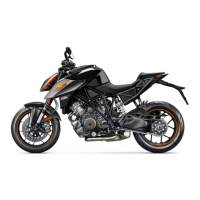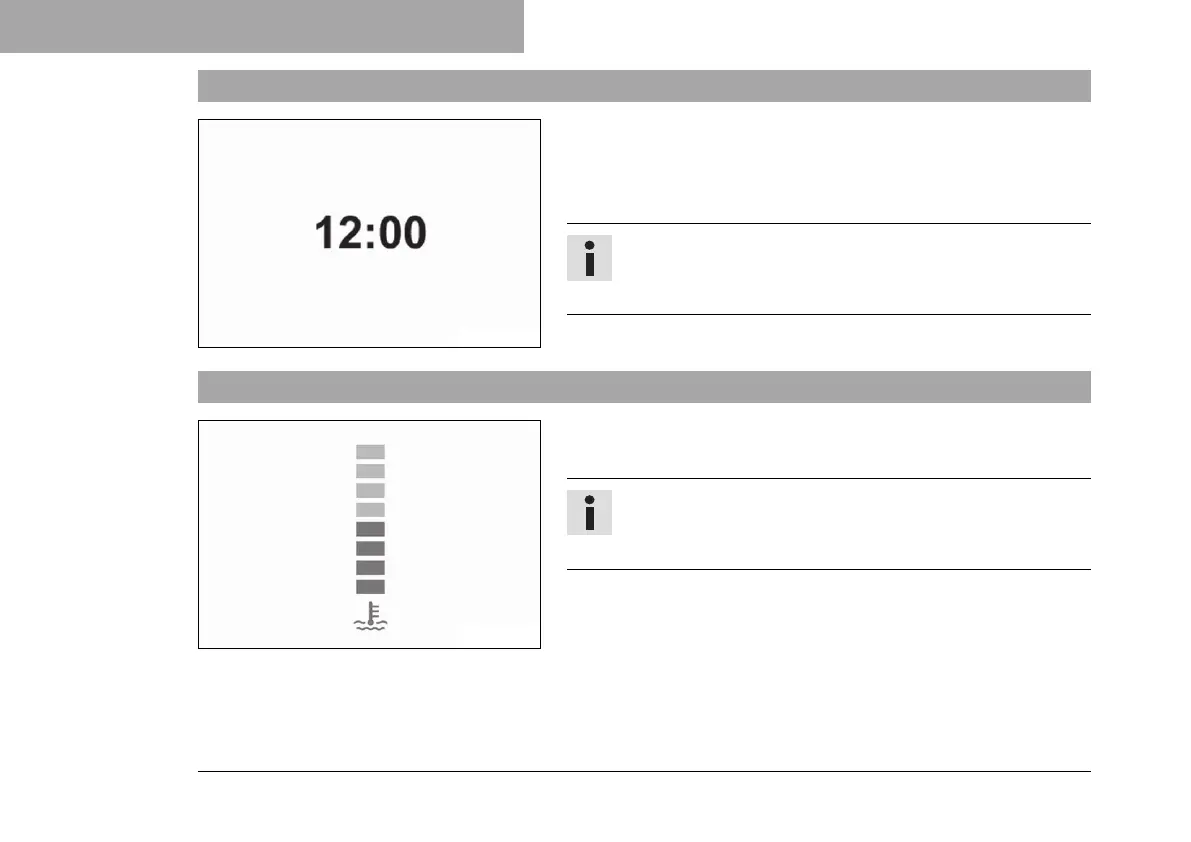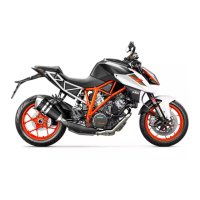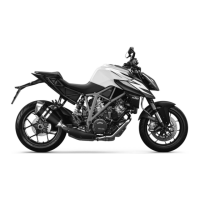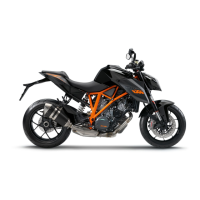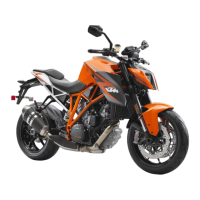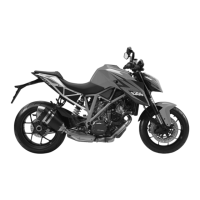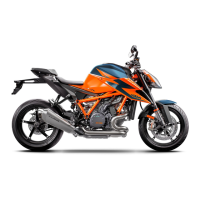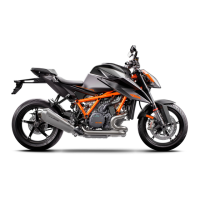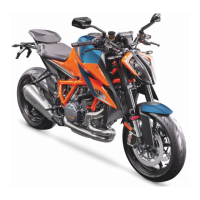7 COMBINATION INSTRUMENT
68
7.10 Time
E00730-01
The time is displayed in 24 hour format in all languages except for
EN-US. The time is displayed in 12 hour format if the language is
set to EN-US.
The time can be configured in the Clock/Date menu.
Info
The time must be reset after the battery was disconnected
or the fuse was removed.
7.11 Coolant temperature indicator
E00729-01
The coolant temperature indicator consists of bars. The more bars
that light up, the hotter the coolant.
Info
When all bars light up, the following warning
note ENGINE TEMP HIGH appears .
Possible states
• The engine is cold – Up to three bars light up.
• Engine warm – Four to five bars light up.
• Engine hot – Six to eight bars light up.
• Engine very hot – All eight bars light up red.
